Maasai men develop lifestyle diseases during calorie-saturated health refuge
Every year, many Maasai men go on a four-week long health refuge in the bush. Here, they consume huge amounts of meat and eat herbs - some with euphoric effects. The aim is to achieve better physical and mental health but new research shows that half of the participating Maasai men actually develop metabolic disorders in the form of precursors to diabetes.
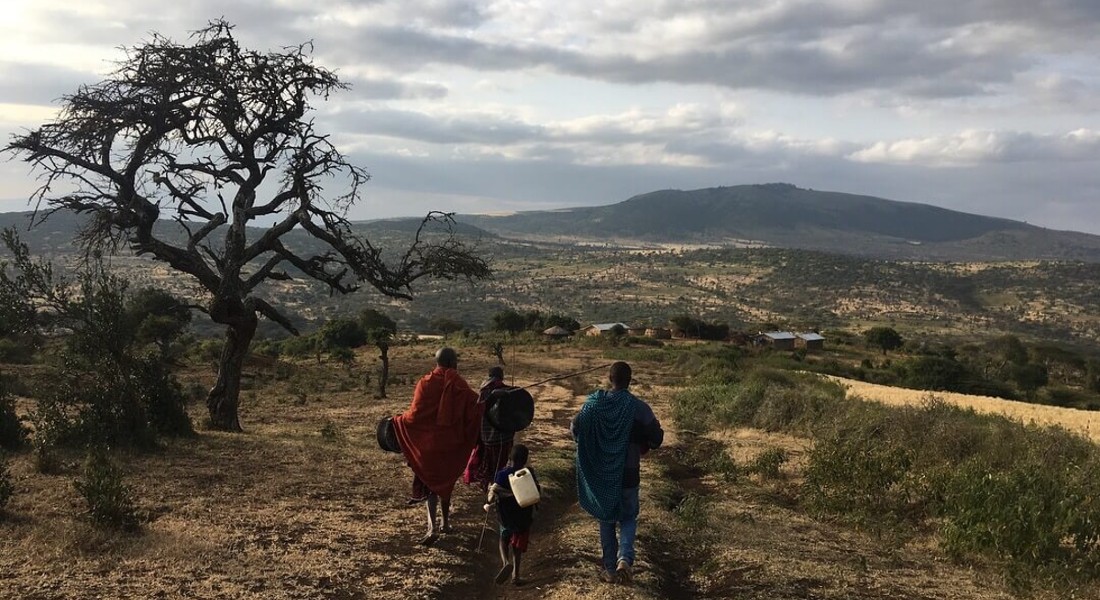
Pictures: Lars Koch and Andreas Clipet-Jensen
Back in September 2012, Videnskab.dk brought an article entitled "The Maasai avoid lifestyle diseases despite fat diet" (article in Danish). This is also still the case for many Maasai people but not necessarily for Massai men who go on annual health refuges (called "olpul" in their own language) where the diet consists of huge amounts of meat. Medical student, Andreas Clipet-Jensen, from University of Copenhagen has spent four weeks in the bush in northern Tanzania with eight Maasai men. Together with a Danish-Tanzanian research team, he daily investigated how they reacted physiologically to the diet consisting of very high levels of protein and fat. The answer is clear: half of the Maasai men developed metabolic disorders – one developed diabetes and three others precursors to diabetes.
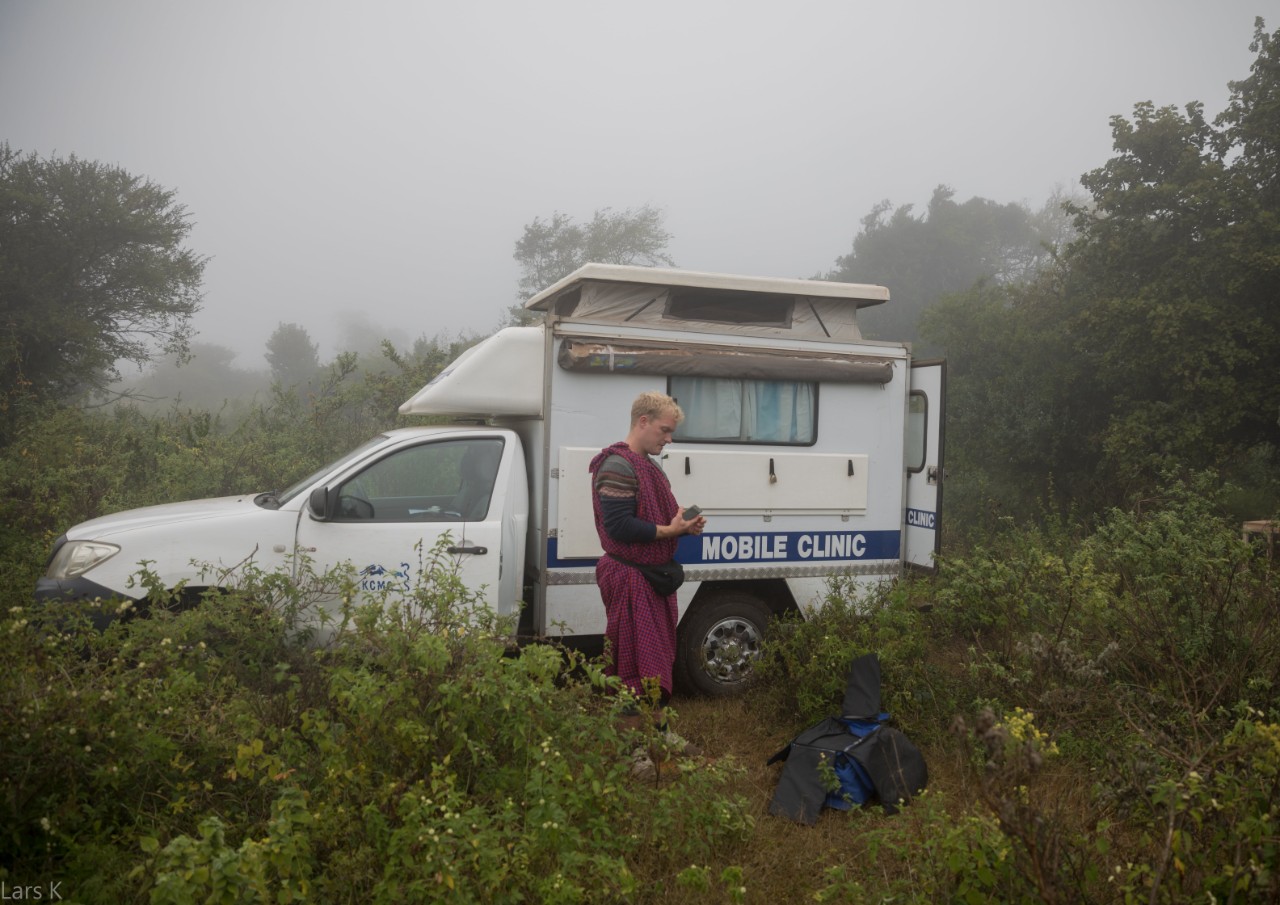
Over-consumption of calorie-saturated diets can have negative health effects
It is interesting to draw parallels between this new research on Maasai men's health and our health trends at home. Here in Denmark and many Western European countries, many are on so-called low carb diets such as paleo diets and ketogenic diets. On these diets you consume fewer carbohydrates and bigger amounts of protein-rich food such as meat, fish and eggs. These diets are especially popular among people who want to lose weight or to build muscle. Moreover, such diets are gaining ground among diabetics. Research has shown that diets with high levels of protein and fat can lower your blood sugar levels and overall improve several metabolic parameters if you have diabetes. There is a significant difference in the fact that Maasai men over-consume in the four weeks the health refuge last, while controlled studies in Denmark are usually based on an isocaloric diet, so that the participants do not gain weight. Nevertheless, Andreas Clipet-Jensen believes that the parallel is relevant to address:
“Diabetes is a reversible disease in many cases. You can often eat and exercise your way out of it. But what happens if, for example diabetics over-use these calorie-saturated diets like the Maasai men do? We see many young men here at home (in Denmark) who are busy building a lot of muscle mass fast. They probably think that if they over-eat a little and drink a lot of protein drinks, they will get bigger muscles faster. Now that we can show that, eating protein-rich food among Maasai men can have a negative effect on one's health, perhaps we should also investigate it more closely at home."
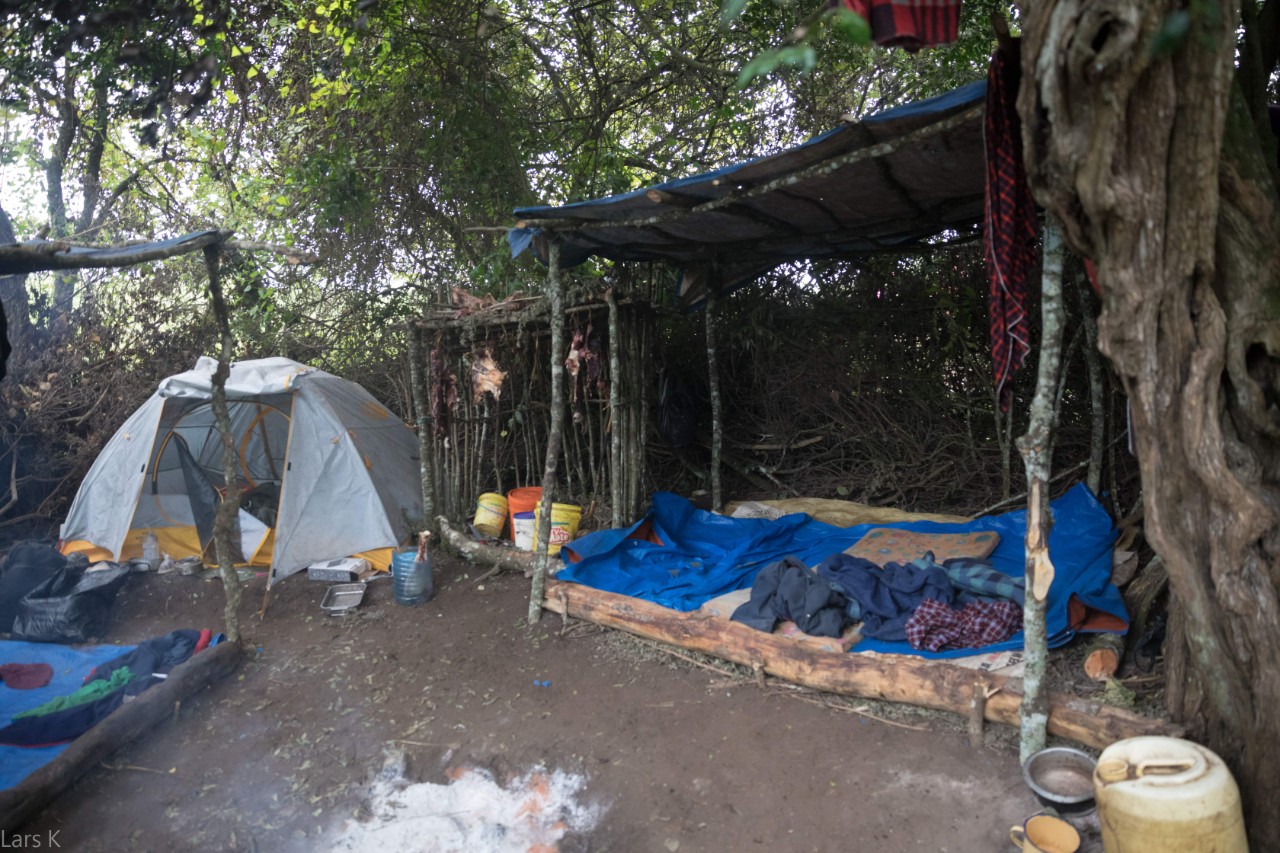
An isolated trip into the bush
For a long time, The Maasai have been of interest to health researchers, as it was interesting to investigate whether there was a correlation between with what was believed in the 60s and 70s to be a very active lifestyle, a high intake of saturated fatty acids - primarily from cow milk - and the lack of lifestyle diseases. However, a larger Danish study among the Maasai in Kenya showed that despite having an active lifestyle, the daily lives of the Maasai include more walking at low intensity and not as much running as previously thought. The correlation between the Maasai's moderate intensity with regards to physical activity indicates that high intensity is not necessary to prevent diabetes and cardiovascular disease. A diabetes occurrence of less than 2% and a moderately high prevalence of hypertension of 9% among the Maasai in Kenya support this conclusion.
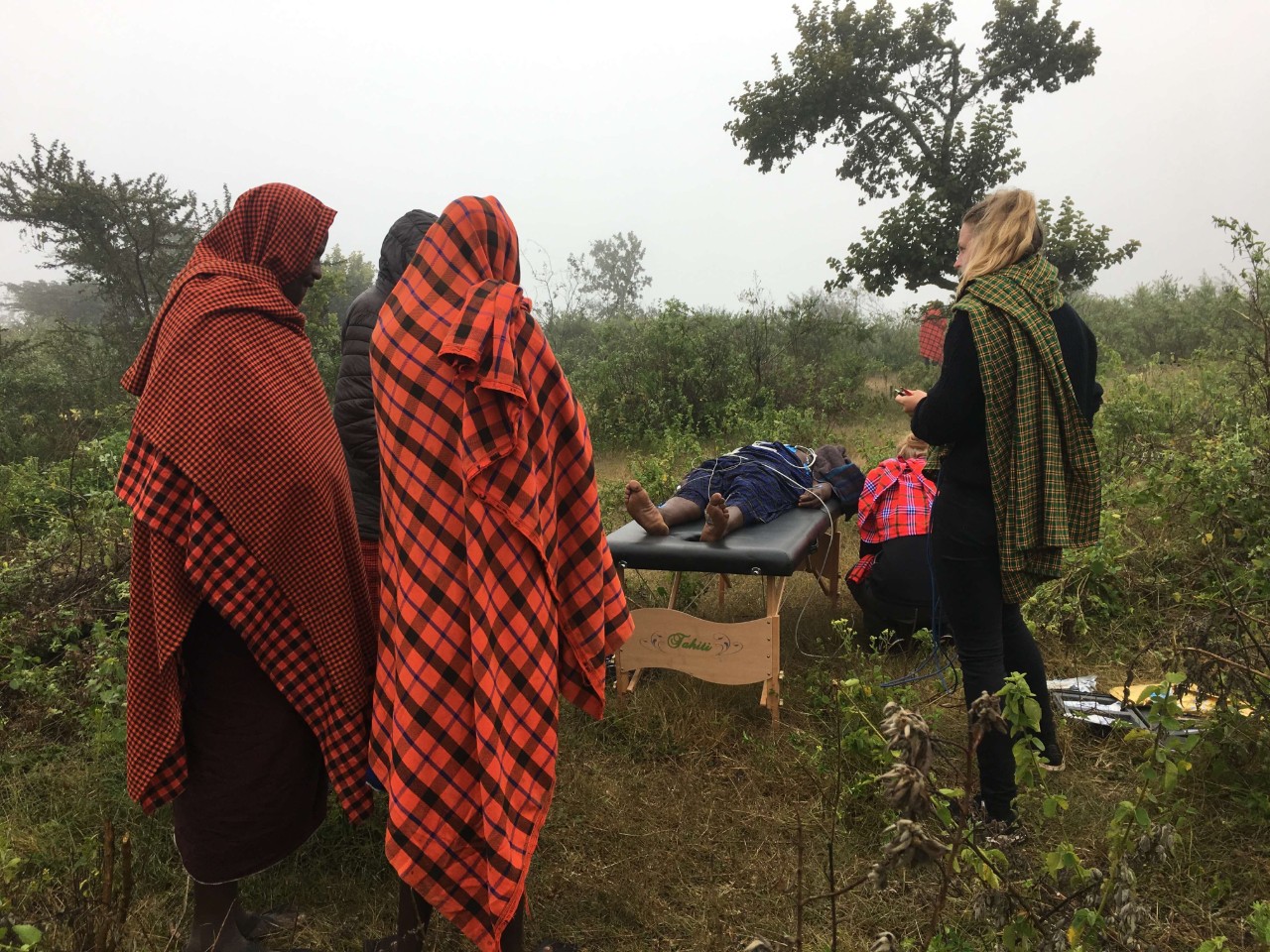
Associate Professor at University of Copenhagen, Dirk Lund Christensen, has been researching the health of the Maasai for the past 15 years and is currently doing a major background study where the hypothesis is that the risk of diabetes and cardiovascular disease is reduced as dietary intake (quantity and quality) changes over a year due to changing seasons - two seasons with rain and two seasons without or with limited rain.
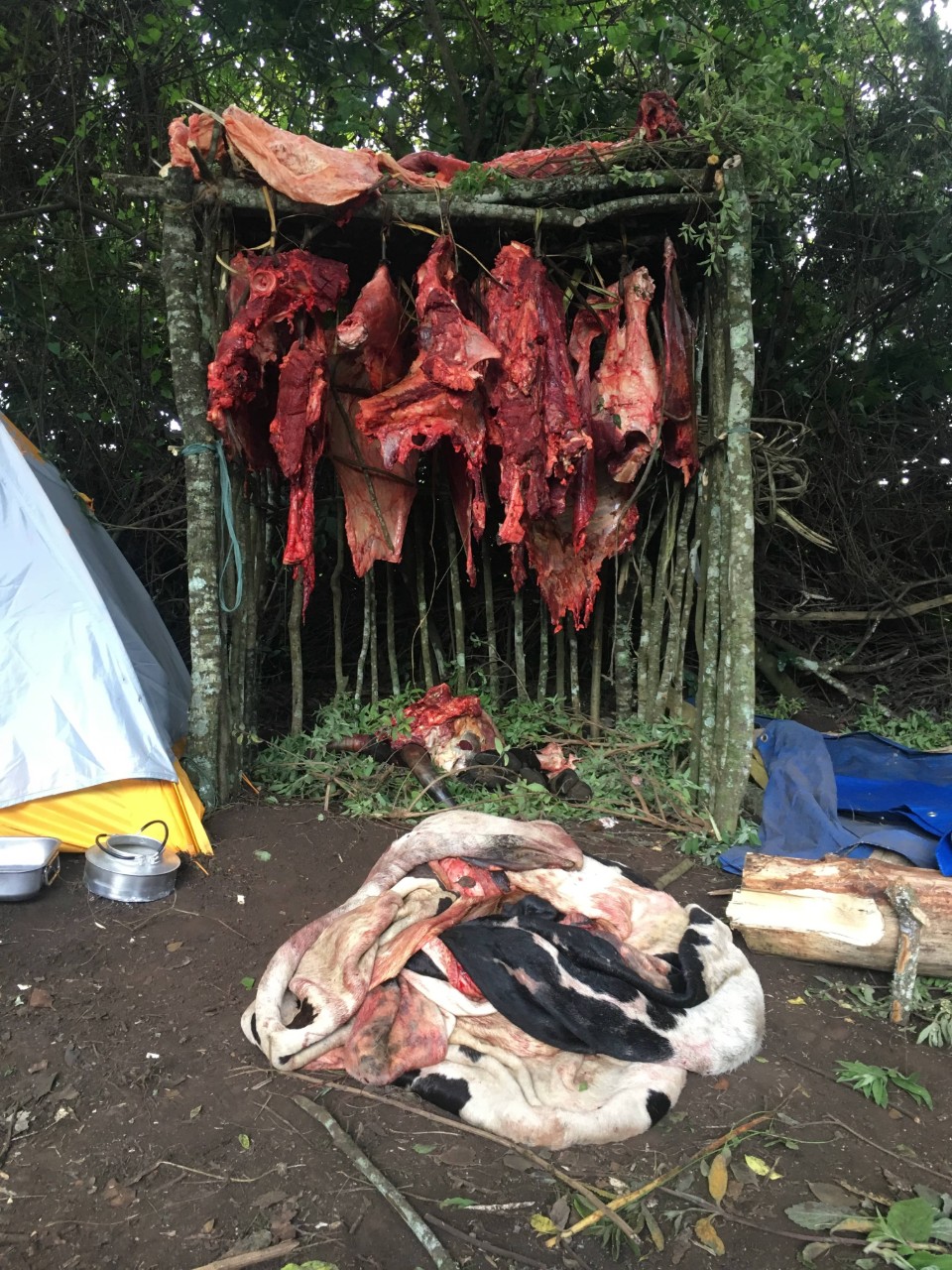
A smaller part of this study is the health of the Maasai men and here medical student, Andreas Clipet-Jensen, got selected to go on the health refuge. Together with eight Maasai men, he lived in isolation in a 4x5 meter camp in the bush for four weeks, conducting a daily diet record of them. The campsite was surrounded by stacked branches, shrubs and trees so that they had a fenced area that shielded them at night from predators such as leopards.
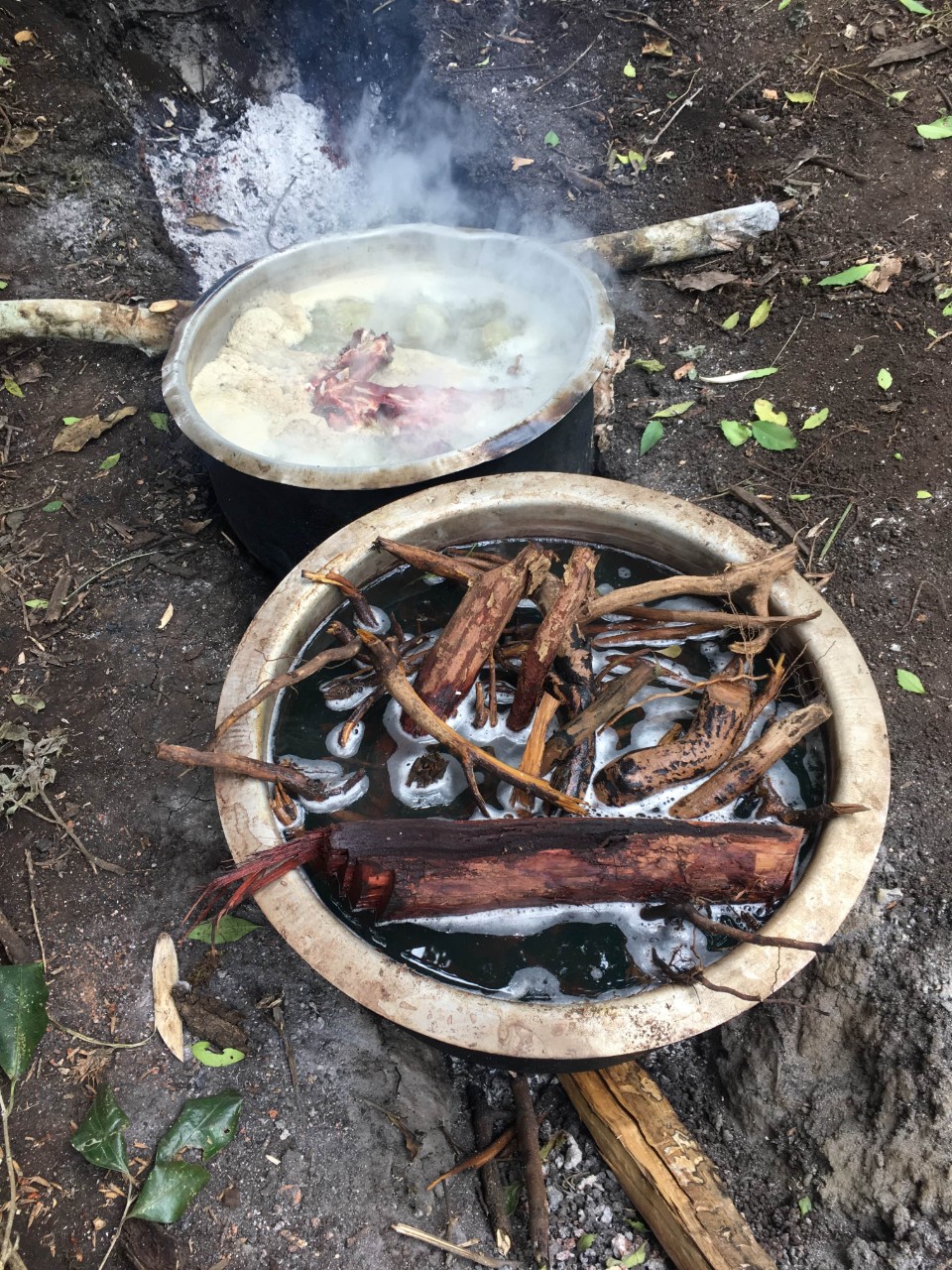
“Although I was an observer and should not participate in anything, I was nevertheless part of the flock. Out of courtesy I sometimes tasted the food they served but also sometimes because of superstition and because they were afraid of curses and witchcraft if I skipped. However, I was allowed to skip the strong drinks they made from various herbs."
Andreas recorded 36 different kinds of herbs, which were taken in varying amounts and mixed with the meat in a soup-like dish. Some of the herbs stimulate gastric acid production, which means that the men are actually able to eat more. Some contained DMT (dimethyltryptamine) - a highly euphoric substance which is also found in for example ayahuasca - and Andreas experienced several times that the Maasai men became high and hallucinated from the herbs.
“I especially remember one drink that had been fermenting for a week and that was to be drunk on a particular morning. After a glass they seemed a little drunk and I didn't think about it more. I left the camp to get some air and all of a sudden I could hear it went completely bananas back in the camp. Some barked like dogs, some lay on the ground shivering like crazy and others threw up and had diarrhea simultaneously. That trip lasted for 12 hours. "
A ritualised meat feast

The majority of what is consumed in an olpul health refuge is meat from cattle, goats and sheep. Normally the Maasai do not eat their cattle unless it is during special holidays such as weddings or circumcision parties for boys and girls. But one exception is made when men go on a health refuge.
Everything about the health refuge is ritualised and associated with superstition. For example, when slaughtering, the kidneys are always eaten fresh and when slaughtering a cow, some of the blood is drunken fresh. Some of the meat is eaten raw and something is cooked during the slaughter. Slaughtering an animal can take a whole day. Cows are killed by a knife to their neck while goats and sheep are suffocated by closing their nostrils and holding them down.
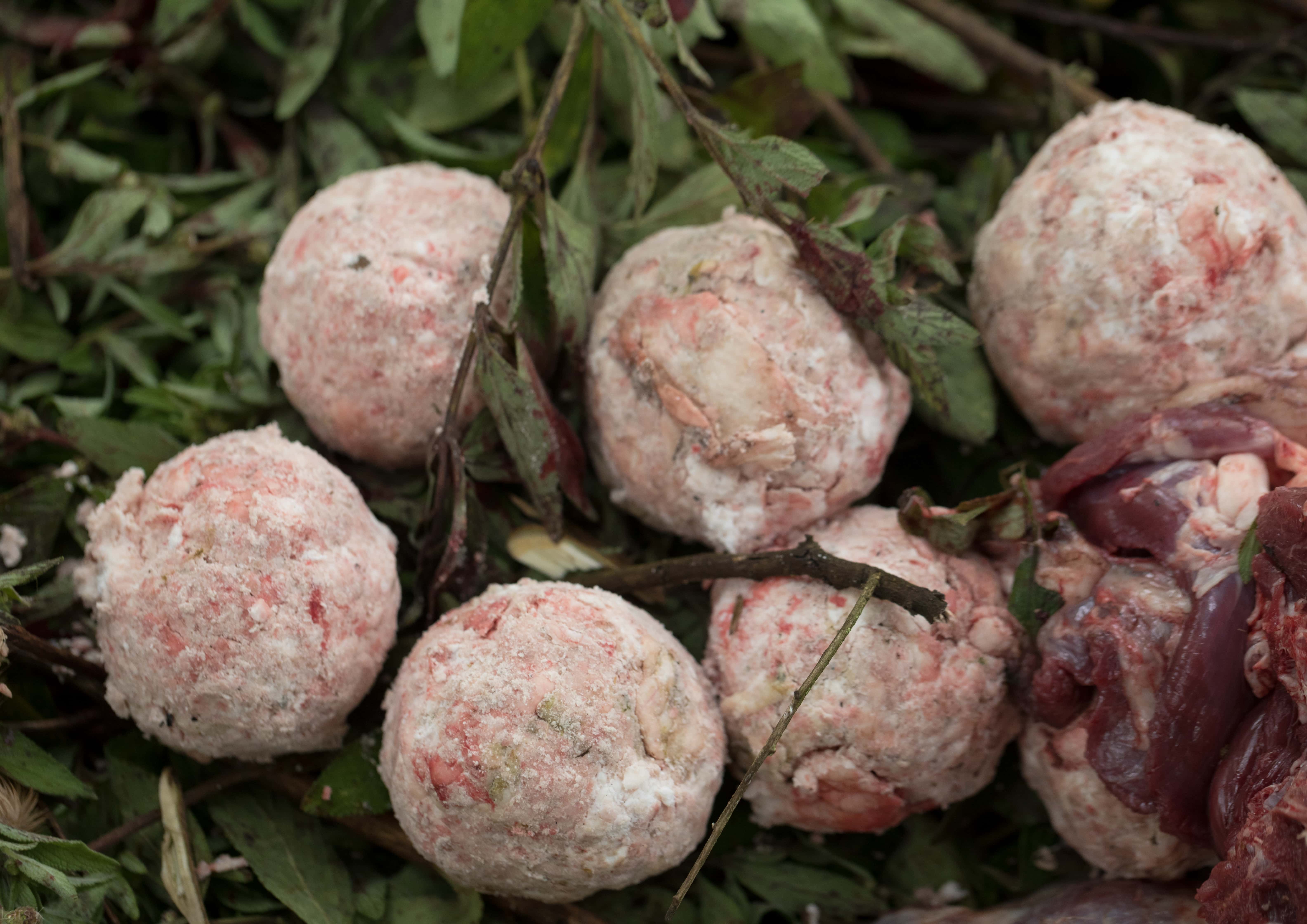
These slaughtering methods did not worry Andreas too much, as everything else about the health refuge was so overwhelming:
“I had diarrhea from the start because I had to taste some of the food they prepared. Animals were slaughtered on the ground, no one washed their hands, intestinal systems were also eaten after squeezing out the contents - so of course I became ill. Towards the end, I became very ill and when I got home, my doctor also found both salmonella and campylobacter in me. And I had also lost six kilos."
What is a Maasai olpul health refugium?
Every year, many Maasai men attend one or more so-called olpul stays. Here they live isolated in the bush for four weeks, consuming huge amounts of meat and various herbs and plants, some of which are euphoric. Much of the stay is ritualized for example in the way you kill the animals and eat the meat and the participants must not have contact with women from their own tribe. The stay is led by a particularly wise Maasai man with insights into traditional medicine. The purpose of the stay is to achieve better physical and mental health. Only circumcised adult Maasai men are allowed to attend and you have to pay for the meat you eat during your stay yourself. The stay is not compulsory but something you do as if you can afford to pay for it in cattle, goats and sheep.
About the study
Method: A daily dietary record was made of the Maasai men during the refuge. A record was also made before the refuge. Every week during the refuge, weight, blood pressure, resting heart rate, blood cholesterol, fasting plasma glucose, fasting plasma insulin and C-reactive protein (an inflammation marker) was measured in the mornings.
Results: Participants more than doubled their energy intake from 2125.5 to 4690 calories. Prior to the stay, the average distribution of energy intake for carbohydrate, fat and protein was 67.1%, 23.6%, and 9.3% respectively, while this distribution during the stay was, 4.6%, 55.5% and 39.9%, respectively. Participants' weight and cholesterol levels were significantly increased and half of participants developed disorders in their glucose metabolism. This reflects a temporary negative impact on their cardiovascular risk factors.
This study is part of a larger ongoing study of The Maasai's health and therefore it has not yet been published.
